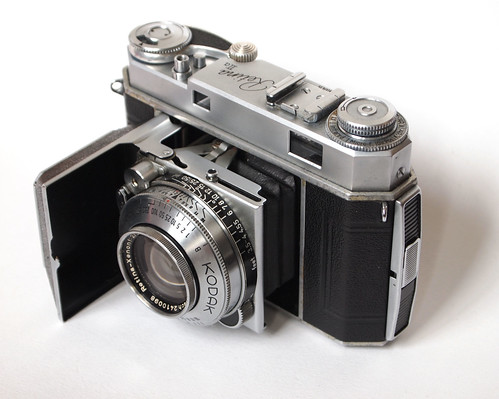 |
| Kodak Retina IIa |
It seems rather apposite to be posting about Kodak's finest camera on the day that news is announced the company is filing for bankruptcy protection. If Kodak could be said to have had a philosophy, it would be that their goal was to democratise photography. This meant developing and nurturing a mass market for photography that hadn't existed before - and this was primarily done through cheap mass-produced cameras. Karen Nakamura comments on her
blog about hating Kodak cameras (a view I have sympathy with), but makes an exception for the
Kodak Retina. She identifies the reason for this being that the Retina camera was designed and built in Germany by the
Nagel cameraworks in Stuttgart, acquired by Kodak in 1931. The original Retina of 1934 was the first camera designed to use a daylight loading 35mm film canister, perhaps to capitalise on the success of the early Leicas (which did use 35mm film, but required the user to load film cassettes themselves from bulk film).
The Retina series comprised a number of different models of folding cameras produced by Kodak AG both before and after the Second World War. There are three main model numbers to differentiate the Retinas: Model I is a viewfinder camera; Model II has a coupled rangefinder; Model III has a rangefinder and a selenium cell lightmeter. Different specifications of the basic models are designated by lower-case letters after the Roman numerals, and to avoid confusion Retinas are often referred to by a factory number.
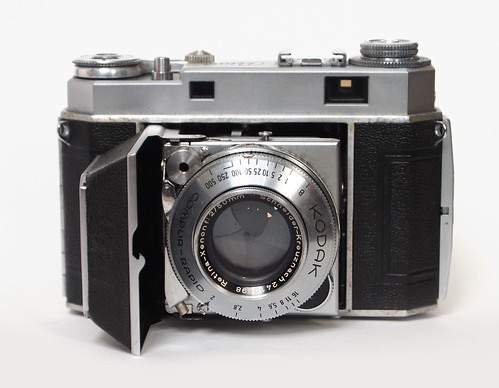 |
| Kodak Retina IIa |
My Kodak Retina is a Type 016 model IIa, which was produced from 1951-54. I bought it to replace a
Balda Rigona 35mm folding camera, which had a slower lens, a shutter with less speeds, and also lacked a rangefinder. However, what I liked about the Balda camera was that it was a full frame 35mm camera with a 50mm lens, but it would easily fit into a pocket when folded. As a result of using this camera, I was on the look out for another folding 35mm camera with better specifications to replace it, and research led me to the Kodak Retina. The Retina is bigger than the Rigona, but not by much, and is still compact when folded. It is heavy for its size, a testament perhaps to how solidly built the camera is. In fact, everything about the way this camera is made exudes confidence in its precision engineering, from the moment the button is pressed to fold open the camera and the lens slides into place.
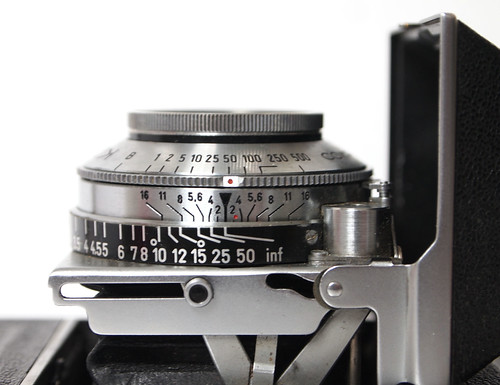 |
| Detail of shutter speeds/depth of field scale/focus ring- |
The Retina IIa has a fast Schneider-Kreuznach Retina-Xenon f.2 50mm lens in a Compur-Rapid shutter (which marks it out as an early Type 016, later in the production run this was changed to a Synchro-Compur shutter). A red delta symbol indicates lens coating. The focus lever sits neatly on the bottom corner of the front plate of the camera, and is coupled to the rangefinder, which is super-imposed as a rectangle inside the viewfinder. The lens focuses down to 3.5 feet, but must be set to infinity to close the camera.
The Retina IIa has a couple of quirks I've not encountered in other cameras. There is a second release button tucked behind the shutter release.
Cameraquest states it is for unjamming the shutter - which it could well be, but equally perhaps this is for advancing the film without tripping the shutter, for example after loading, for which the camera doesn't need to be opened. The frame counter is set manually with a diamond mark to position it for the correct number of frames. This counts down as the camera is wound on, and stops at 0, preventing further photographs to be taken. Of course, it can be manually reset in order to take more photos (to get say 37, 38 frames from a roll of 36 - or if not set correctly when the camera was loaded).
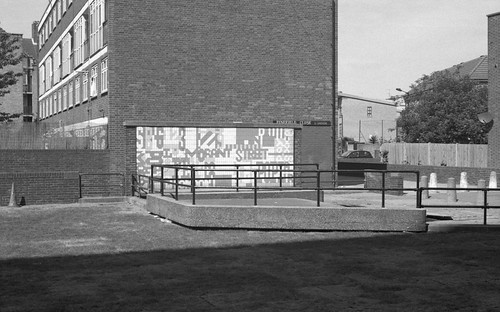 |
| Sample image from Kodak Retina IIa, shot on Rollei Retro 100 |
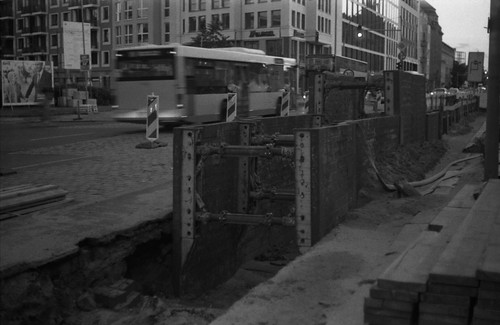 |
| Sample image from Kodak Retina IIa, shot on HP5 |
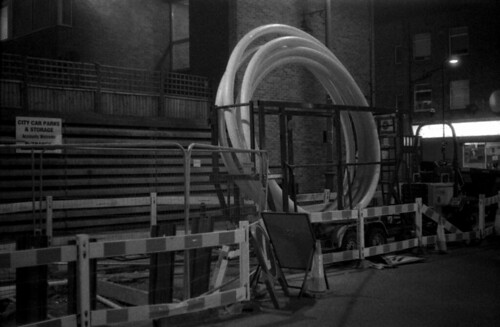 |
| Kodak Retina IIa sample image, shot on Delta 3200 |
Edit 30/11/17 - Further examples
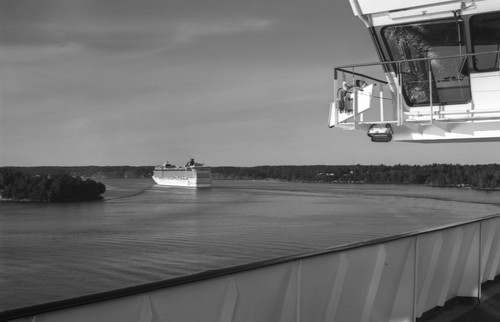 |
| Kodak Retina IIa with Ilford Ilfodata HS23 |
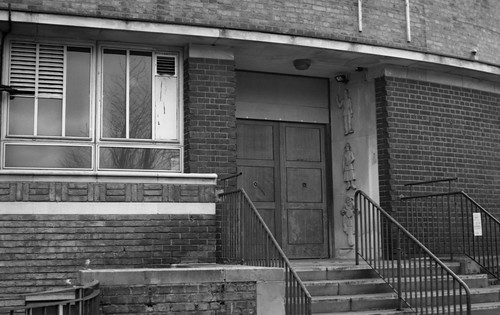 |
| Kodak Retina IIa with Rollei RPX25 |
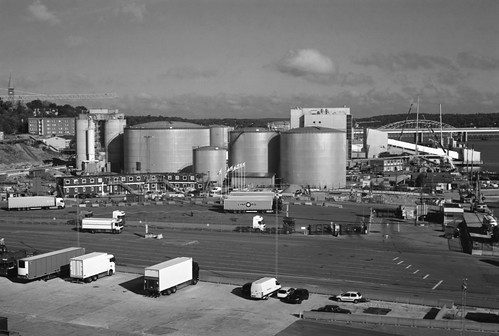 |
| Kodak Retina IIa with Kodak Technical Pan |
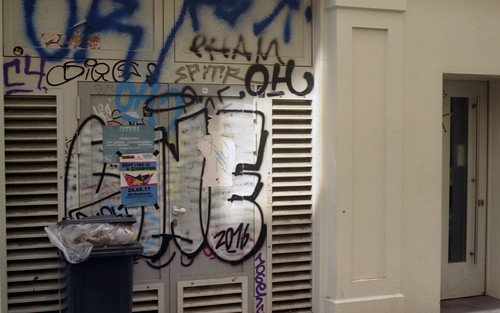 |
| Kodak Retina IIa with Kodak Ektar 100 |
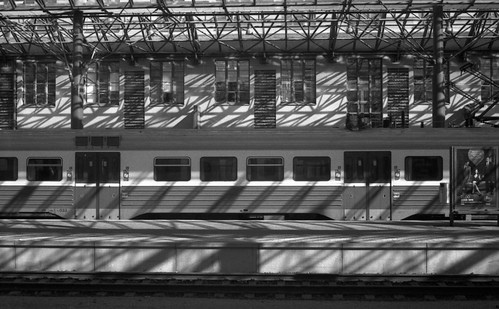 |
| Kodak Retina IIa with Ilford FP4 Plus |
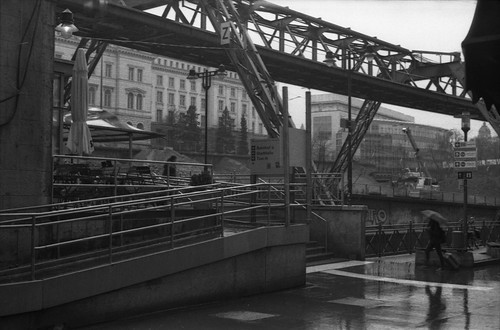 |
| Kodak Retina IIa with Rollei RPX400 |
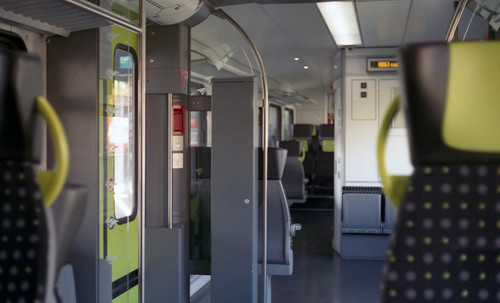 |
| Kodak Retina IIa with Agfa Vista 400 |
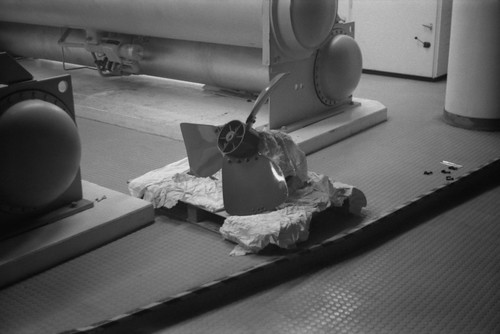 |
| Kodak Retina IIa with Ilford HP5 Plus at EI 800 |
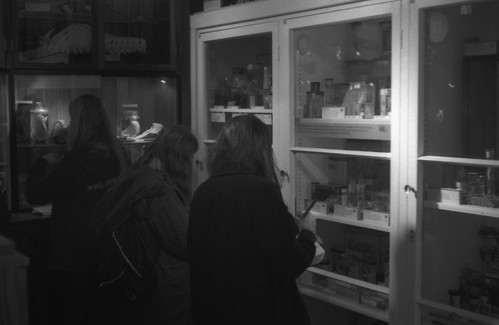 |
| Kodak Retina IIa with Rollei RPX400 at EI 1600 |
Sources/further reading:
http://camera-wiki.org/wiki/Kodak_Retina_IIa
http://www.cameraquest.com/retIIa.htm
http://dantestella.com/technical/retina.html
http://www.photoethnography.com/ClassicCameras/KodakRetina.html
http://www.kodak.com/global/en/consumer/products/techInfo/aa13/aa13pg2.shtml
http://homepages.ihug.co.nz/~Srawhiti/index.html















Nice writeup of this camera. I didn't know that early models had a different shutter than later ones.
ReplyDeleteThanks Jim. I didn't realise that either until my camera turned up without a switch for M/X. Even being specific enough to describe the camera as a 'Type 016 Retina IIa' there's still two different shutters... it seems the Compur-Rapid was only used for the first 3-4 months of the production run, and my lens' serial number dates from late 1950, so my camera must be one of the earliest Type 016 Retinas.
Delete